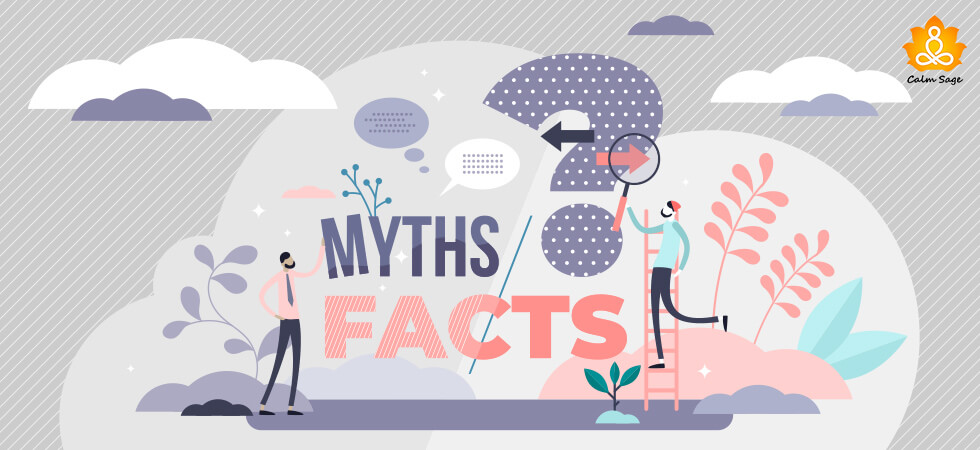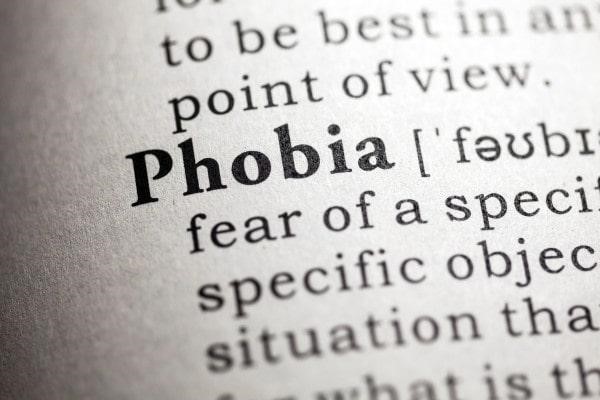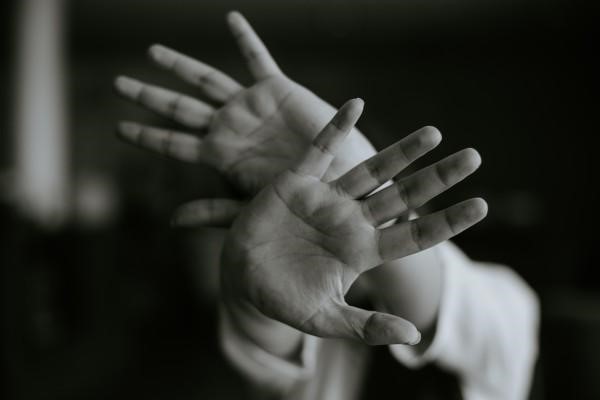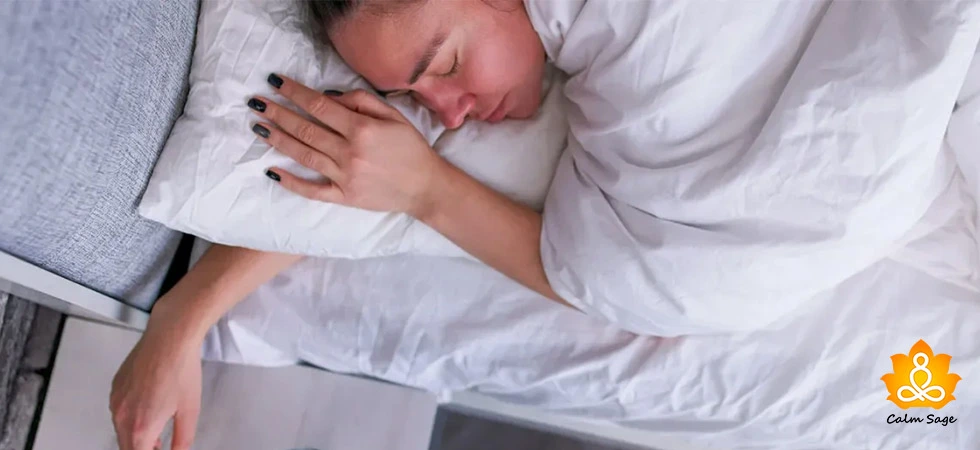Debunking Common Myths About Phobias

“Fear can make a moth seem the size of a bull elephant.” – Stephen Richards
Phobias can be defined as, “extreme or irrational fear of or aversion to something.” This irrational fear can disrupt your daily lifestyle and affect your mental well-being as well.
The symptoms of a phobia can occur when a person is exposed to the subject of their phobia for a prolonged time. Its symptoms can range anywhere – from breathlessness, dizziness, nausea to even fear of death. In many cases, these symptoms can turn into an anxiety attack.

Types Of Phobias
1. Agoraphobia – Fear of being in an inescapable situation.
2. Specific Phobias – Fear of a particular object, animal, or situation
3. Social phobia – Fear of social situations like public speaking.
Phobias can also be of:
- Animal – snakes, rats, dogs, cats, or birds
- Medical – fear of blood, injection, etc
- Environment – lightning, water, or any other natural disasters
- Situational – fear of crowded space, driving, climbing stairs, etc
There are treatment options available for helping people with phobias. These treatment options could be:
- Exposure Therapy
- Counter-conditioning
- Cognitive-behavioral therapy
- Medication
It is advised that you consult a doctor before taking any medication.
Common Myths About Phobias

It is important to separate fiction from the truth. Here are some common myths related to phobias you should know:
Myth: People who have a phobia are crazy
Many people are too ignorant about various mental health problems hence the usage of the word “crazy” or “insane”. People with different phobias are not crazy. Whatever your fear, it is easily treatable with the help of a counselor or a therapist.
Myth: Phobia is just fear, magnified
People with phobias are often told that their fear isn’t real and to “get over it”. The big difference between fear and phobia is that phobias of a certain object or situation are more likely to effects a person’s relationships, their ability to perform normal activities, and their daily life.
Fear of something can be easily confronted but confronting a phobia is difficult and taxing. It, in a way, paralyzes a person and might require a professional mental health carer’s help to cope with them.
Myths: Phobias are just personality traits
Many people believe that phobias are just a deep-rooted trait of our personality. In truth, our personality, in some way, stems from our phobias of certain things.
For instance, a person who fears crowded spaces (agoraphobia) is more likely to be an introvert.
Myth: Phobias are genetic
There is no concrete evidence to back up this myth. However, if there is one parent who is diagnosed with a phobia, it can be a risk factor contributing to a child developing phobias.
Though in most cases, a phobia can be developed by experiencing a bad situation, for example, falling down the stairs, or having been bitten by a dog.
Fun Fact: There are more than 400 types of phobias
Some common phobias are:
- Acrophobia – fear of heights
- Aviophobia – fear of flying
- Claustrophobia – fear of enclosed spaces
- Arachnophobia – fear of spiders
- Cynophobia – fear of dogs
- Mysophobia – fear of germs
There are some strange phobias too such as:
- Caligynephobia – fear of beautiful women
- Turophobia – fear of cheese
- Phobophobia – fear of developing a phobia
- Hippopotomonstrosesquipedaliophobia – fear of long words (ironic, isn’t it?)
Final Words
Phobias are something that shouldn’t be taken lightly. Extreme fear of objects, places, things, animals, and situations can make navigating through daily life difficult. If you or someone you know is struggling with phobias, consult a professional therapist for help.
These are tough times and we need to stand together with each other to battle our problems. Learning to overcome and cope with our fears can help us in the long run.
“When you have fear then the world is a big place. When you have courage then the world shrinks.” – Stephen Richards





















Found this article really helpful as I was unaware of some myths about phobias.